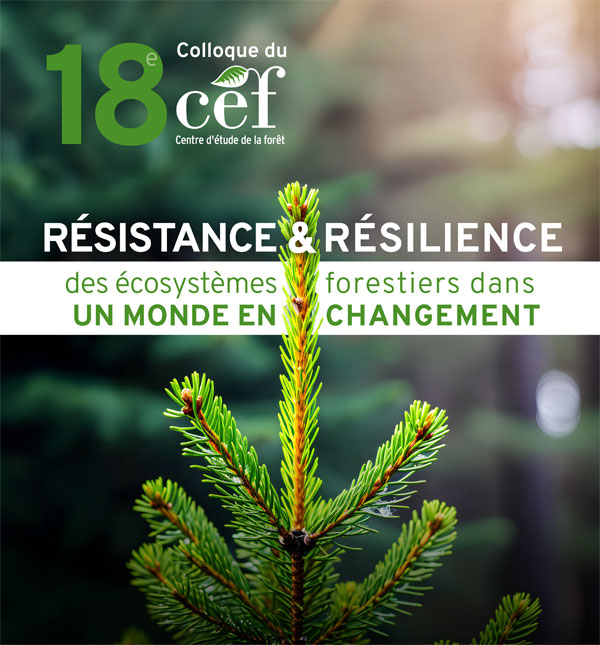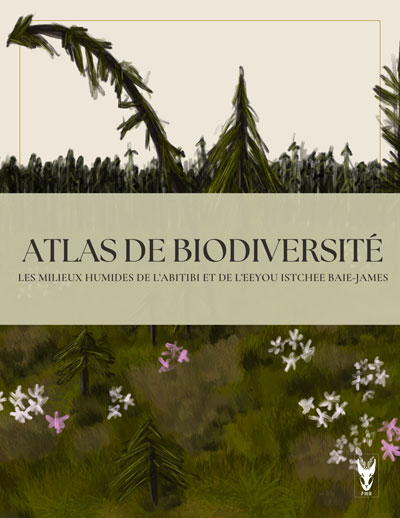Pour info sur cette page, écrivez à Lionel Humbert
Les membres du CEF qui seront à l'ESA 2009
2-7 août
Ecological Knowledge and a Global Sustainable Society
With fossil fuels waning, a public awareness of global warming and biodiversity issues increasing, and new green technologies breaking into public markets, the world is poised for planning sustainability of a global society. The location of the 2009 meeting, Albuquerque, New Mexico, is a fitting forum due to the city’s forward-thinking sustainable initiatives (e.g., Albuquerque Green and Smart Communities Network). It is also fitting that a theme of sustainability follows one of ecological education (ESA 2008), arguably the most important part of sustainable planning. Although a wealth of ecological knowledge is available, there remains a disconnection between knowledge and application. For example, large areas of the landscape are being developed for biofuel agriculture with little regard for the effects on landscape processes.
While ecologists continue to be on the forefront of research examining anthropogenic effects on biodiversity and ecosystem function, interdisciplinary studies incorporating ecological knowledge into sustainable planning are lacking. Growing fields of agro-ecology and urban ecology are attempting to develop interdisciplinary links, but all fields of ecological study can offer information toward sustainability, as evidenced in recent books of sustainability and societal collapse. Ecological knowledge is not only for ‘natural’ systems (i.e., restoration), but also must be applied to the much greater area of human-dominated systems. How can we apply floodplain and coastal ecology to urban expansion? How can we apply fragmentation and biodiversity to agricultural landscapes? How can we apply ecosystem ecology to watershed management? Decisions regarding growth occur daily, and ecologists need to be included in these discussions alongside governments, land owners, and developers.
Albuquerque Convention Center, Nouveau Mexique, U.S.A.
Résumé et temps forts
Dans la belle et ensoleillée ville d'Albuquerque (prononcé Alburquerque par les gens du coin), s'est tenu le 94e Meeting de l'Ecological Society of America. C'est donc au Nouveau Mexique, état dominé par de grands plateaux arides que nous avons profité des 30° Celsius à l'ombre pendant une semaine ! Le couvert forestier est dominé par le Pin ponderosa et le Pin pignon, en mélange avec le genévrier. La pluspart des forêts ont été coupées depuis les années 1920 jusqu'en 1960. Depuis des efforts de reboisements ont été entrepris (Photos 1 et 2). Le problème est que la croissance est fortement limitée par les ressources en eau, et les plantations de 25 ans ne dépassent pas les 5-6 mètres. De plus une épidémie de rouille (Cronartium ribicola) affecte tous les conifères.
 Panorama d'une plantation de Pin ponderosa © Lionel Humbert 2009 |
 Plantation de Pin ponderosa © Lionel Humbert 2009 |
Il faut aussi noter qu'une très grande superficie forestière se trouve en terrain volcanique, en fait sur des coulées de lave remontant a 18.000 ans et dont la plus jeune a 100 ans, son écoulement a duré 30 ans (Photo 3). Ce qui rend toute exploitation impossible due à la fragilité et l'instabilité des sols. D'autant plus que les tubes de laves sont sujets aux effondrements (Photo 4). Mais dans cet environnement difficile, de nombreuses espèces animales et végétales y trouvent leur compte notamment le lézard à petites cornes (Photo 5).
 Pin ponderosa poussant sur une coulée de lave © Lionel Humbert 2009 |
 Pont de lave © Lionel Humbert 2009 |
 Lézard à petite cornes © Lionel Humbert 2009 |
El Malpais
Randonnée pré-conférence dans El Malpais National Monument ![]() :
Le programme est à définir, mais comptez au moins une nuit dans le désert sous la tente.
El Malpais, offre de nombreuses coulées de laves et toute une chaîne de volcan.
:
Le programme est à définir, mais comptez au moins une nuit dans le désert sous la tente.
El Malpais, offre de nombreuses coulées de laves et toute une chaîne de volcan.
- El Morro National Monument (1/2 journée)
- Candelaria Ruins - Sandstone bluffs (1/2 journée)
- Zuni-Acoma trail (1 journée)
- Gooseberry Spring trail - Mt Taylor (1 journée)
- Zuni mountain historic auto tour (1/2 journée)
- Cabezon Peak (1/2 journée)
Questions: humbert.lionel@courrier.uqam.ca










